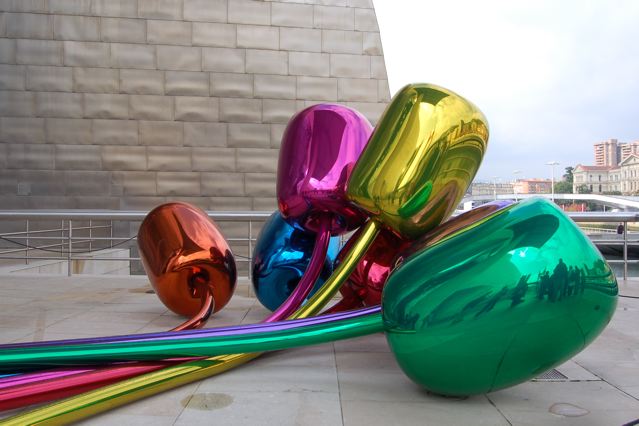With all the media attention surrounding the D-Day landings it is refreshing to find a new angle to convey the incredible impact of the decision to invade on any particular day. In his new play, Pressure, David Haig drives home the importance of the weather on that decision and the conflict between two weathermen whose differing forecasts could affect the outcome of the Second World War.
The action is takes place at Southwick House, Portsmouth and a convincing set complete with billowing curtains and the cracking sounds of storms overhead places us firmly in the nerve-wracking few days before June 6, 1944 when General Dwight Eisenhower (Malcolm Sinclair) has to decide when to give the order for the Allied Invasion of France, which later became named D-Day. The original date was set for June 5, with ideal conditions and the promise of a full moon, but predicted storms deemed the operation too precarious and so a decision to delay was proposed.
David Haig stars as Scotsman Group Captain Dr James Stagg, head of a team of meteorologists in charge of predicting the weather over the English Channel. Tim Beckman plays his jaunty opposition, the American Colonel ‘Krick’ - two men from different nations with very different views on weather patterns.
Stagg is obsessed with the weather and Haig beautifully conveys his compulsive, almost neurotic, continual checking and re-checking of wind, rain and isotherms. He displays huge maps on the wall, moving pressure bars up and down and observing with near hysteria the building storm. Obsessed in the first act with the weather, and oblivious to those around him, we see his more emotional side as the play develops and we learn that his wife is in hospital, about to deliver their second child. David Haig has a wonderfully expressive face, his portrayal of George lll in ‘The Madness of...’ will stay with me forever, and once again he conveys brilliantly the agony of a man trying to do the right thing, but fearful of the consequences. (NB - seating tip - avoid the right hand side of the auditorium facing stage or you will mostly see the back of his head!)
Malcolm Sinclair is staggeringly like Eisenhower and plays the role with a great mix of power and compassion. His angst at sending thousands of young men to their possible death is apparent, and although he relies on the advice of Stagg and Krick, the final decision lies heavily with him. He has a love interest to ease his pressure, the lovely Lieutenant Kay Summersby, played with energy and sharp wit by Laura Rogers. The only female in the cast, she brings humanity and emotion to the proceedings.
There is an incredible amount of weather terminology in this play, and it sets the scene well for the impending storm and the pressure building both in and out of Southwick House. However, by the middle of the second act I felt I could probably pass a GCSE in wind speed - fantastic research but possibly too much detail.
But I don’t want to give any impression of a gloomy forecast. This is a pacey, exciting and inspired play with a great cast and lively direction by John Dove. It brings to life a relatively untouched aspect of D-Day, and evokes strong images of the practical challenges that had to be overcome to bring an end to the Second World War.
Pressure runs at the Minerva Theatre, Chichester until June 28th 2014
Tickets via www.cft.org.uk or call 01243 781312



